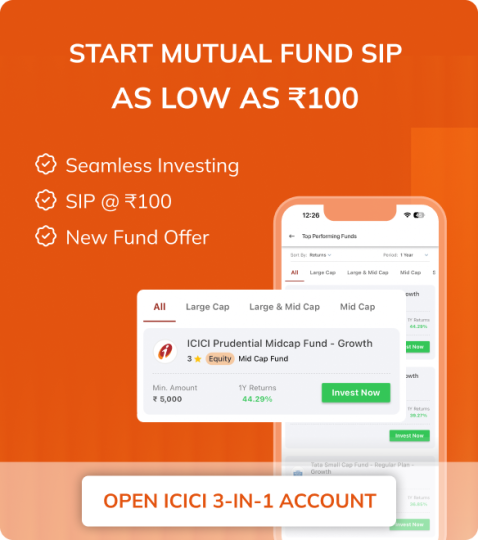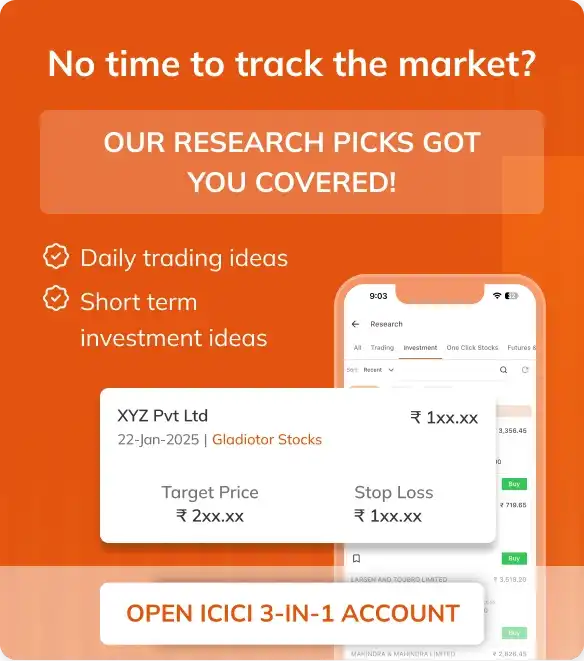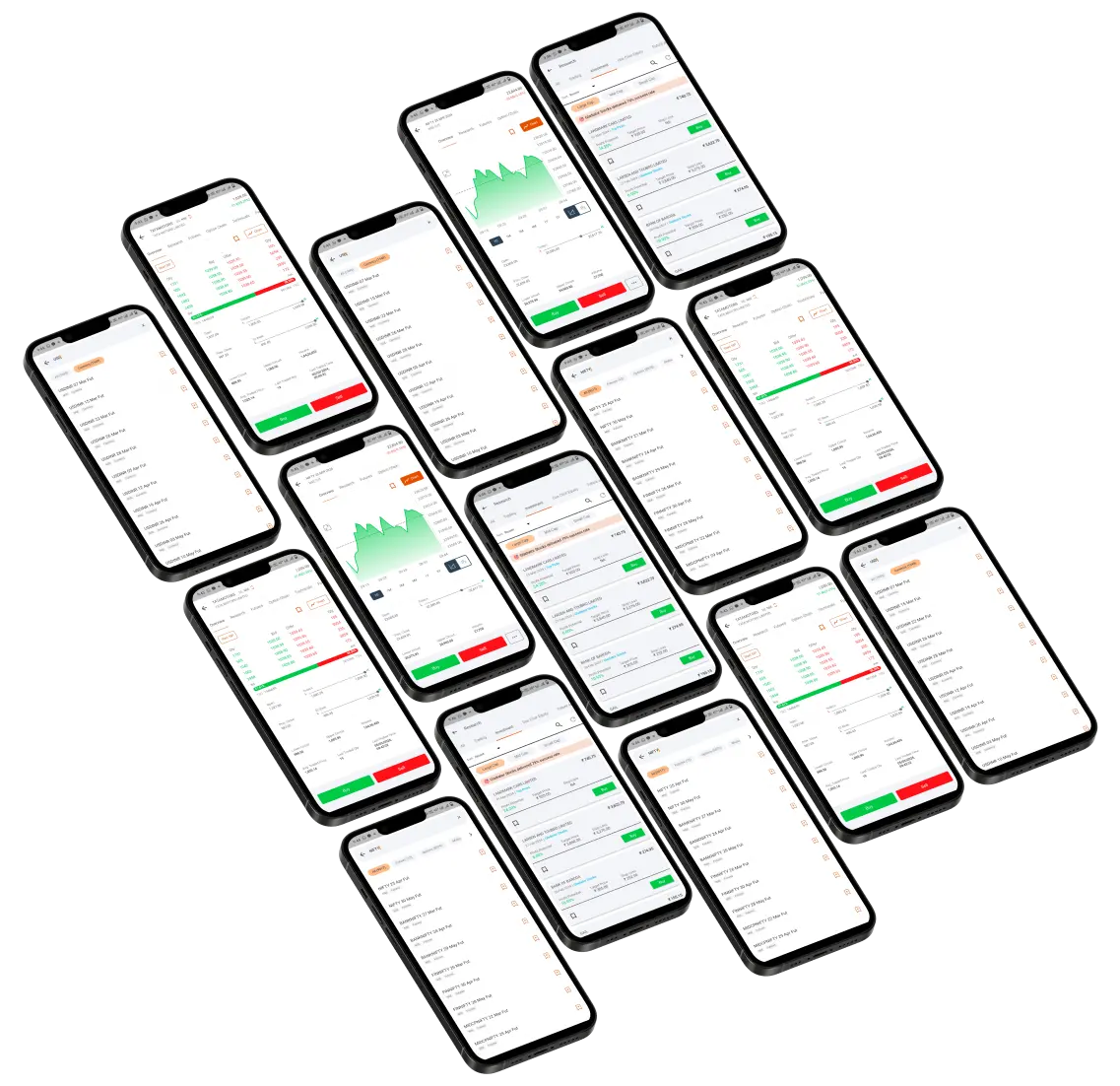
What is the Inflection Point & Inflection in the Indian Economy?
In the last couple of years, there has been a lot of discussion around the inflection point in the Indian economy, and we thought to help readers understand what this term means. Let us get started.
What is an Inflection Point?
An inflection point is a critical moment of change that signals a fundamental shift in the direction or structure of an economy. Borrowed from mathematics, where it refers to the point on a curve where the curvature changes sign, in economics, it means:
"A structural break or turning point after which the economy starts to behave differently in terms of growth, structure, drivers, or direction."
Key Characteristics of an Economic Inflection Point
Let us look at the key characteristics of an economic inflection point. Here are a few of the characteristics:
- Long-term Impact: It alters the long-run growth trajectory, inflation, employment, or productivity.
- Structural Nature: It often reflects deep changes, not just temporary booms or busts.
- Driven by Shocks or Reforms: Often triggered by global shocks, major policy reforms, crises, or technological revolutions.
- Lagging Visibility: Inflection points are often recognized only in hindsight, once their effects become apparent.
Major Inflection Points in Indian Economic History
Here are major inflection points in Indian economic history:
|
Year |
Event |
Nature of Inflection |
Impact |
|
1991 |
Liberalization Reforms |
Structural Break |
Shift from a socialist to a market-driven economy. Deregulation, foreign investment, and private sector expansion began. |
|
2000–2005 |
IT Boom & Global Outsourcing |
Productivity Surge |
India became the world's back office. Huge export growth in services sector. |
|
2008 |
Global Financial Crisis |
External Shock |
India’s decoupling myth was broken. Led to focus on macroprudential stability and financial sector cleanup later. |
|
2016 |
Demonetization & GST |
Formalization Push |
Disrupted the informal economy but encouraged digital payments and widened the tax base. |
|
2020 |
COVID-19 Pandemic |
Digital & Policy Reset |
Triggered massive digitization, remote work culture, Atmanirbhar Bharat policies, and PLI schemes. |
|
2023–25 (Ongoing) |
Manufacturing, Capex & China+1 |
Growth Model Shift |
India is being seen as a credible manufacturing hub; Capex-led growth is replacing consumption-led growth. |
Current Inflection Point in the Indian Economy (2023–25)
Many economists believe India is at a historic economic inflection point now, due to the convergence of several structural trends:
1. Investment-Led Growth
- After a decade of slowdown, private capex is reviving.
- Government capex (especially infrastructure) is at a record high.
- Real estate and construction sectors are also booming.
2. Formalization of the Economy
- GST, UPI, e-Shram, and digital tax compliance have formalized large parts of the informal sector.
- Direct benefit transfers (DBT) and digital banking have improved efficiency and inclusion.
3. Manufacturing as a New Growth Engine
- Production Linked Incentive (PLI) schemes across 14+ sectors.
- Apple, Samsung, and others are shifting parts of their supply chains to India.
- The “China+1” strategy globally is boosting Indian manufacturing.
4. Demographic & Consumption Dividend
- India has a young, aspirational population entering peak consumption years.
- Rapid urbanization and Tier 2/3 city development are driving consumption and housing.
5. Digital Infrastructure Backbone
- JAM Trinity (Jan Dhan, Aadhaar, Mobile), UPI, ONDC, and Account Aggregator framework all provide a digital public infrastructure (DPI) that is unmatched globally.
- This has improved governance, access to credit, and delivery of public services.
Why It Matters: Implications of an Inflection Point
If this inflection point is real and sustained, the implications are significant:
|
Dimension |
Impact |
|
Growth |
India could sustain 7–8%+ real GDP growth for a decade, assuming reforms continue. |
|
Employment |
Manufacturing and infrastructure could absorb more labor, addressing unemployment. |
|
Exports |
Shift toward merchandise and high-value exports like electronics. |
|
Capital Markets |
Structural bull run in Indian equities driven by earnings and inflows. |
|
Geopolitical Clout |
India could become a core part of global supply chains and a balancing force in geopolitics. |
What Can Derail the Inflection?
While promising, several risks remain related to Inflection Point:
- Global slowdown or geopolitical instability.
- Rising protectionism or reversal in globalization.
- Domestic policy missteps or political instability.
- Execution risks in infrastructure, labor reforms, and skilling.
Before You Go
The Indian economy has reached several inflection points in the past that have defined its trajectory. Today, it appears to be at another such point — shifting from consumption-led to investment-driven- and manufacturing-driven growth, backed by digital infrastructure, demographic strength, and global tailwinds.
If sustained, this could mark India's decade, with long-term structural gains across growth, employment, and income.










